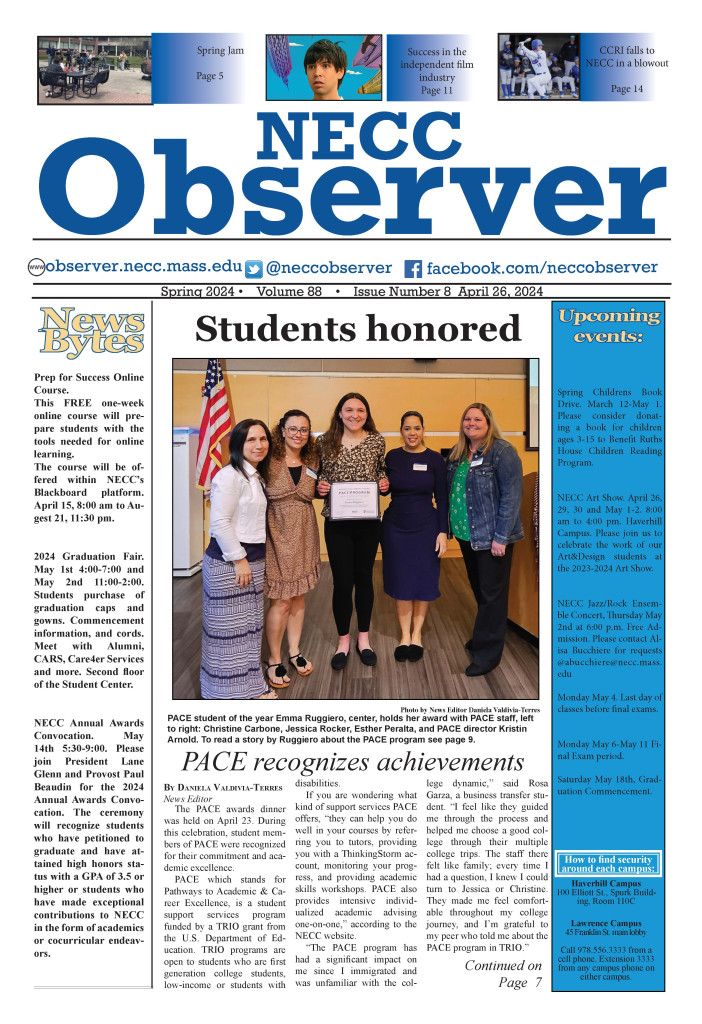As we draw into mud season, the dreary stretch between early March and April, the grass finally becomes visible through the melting snow, trees start to bud, and slush and mud rule the Earth, most farmers in Massachusetts have one thing on their mind; Maple syrup. Maple sugaring, also known as the process behind making the glorious golden syrup, is a time honored New England tradition dating back to the 18th century, when it first spiked in popularity here in Massachusetts, which now has over 300 maple producers in the state. Many more small town hobbyists are picking up the taps and pails too, according to the Massachusetts Maple Producers Association. You’ve probably seen the lines and sugar taps running through just about every forested property by now, as the process can start as early as mid-February, and run through late March. As maple syrups from all across the begin to fill the shelves of local grocers and sugar houses, it comes to mind if all maple syrups are made the same. The simple answer is; absolutely not.
To understand and appreciate the full process that goes into making maple syrup, a brief ecology lesson is needed. The mud season is the perfect time for collecting sap from maple trees due to the rapid change in temperature from night to day. Nightly thawing, and immediate daily warming, build up pressure in maple trees, and force sap from the top of the trees down to the roots, allowing for the sap to be collected in mass daily. The first run, or first tapping of selected trees, typically happens the first day temperatures reach above 55 degrees. The sap from the first run is always the most potent, taking only around 38 gallons of sap to produce 1 gallon of syrup. Snow helps the process along as well, keeping moisture out of the sap. If that seems like a lot, it is. However, as the season draws on, and the sap loses some of its sugar contents, it can take up to 55 gallons to produce one gallon of refined maple syrup. That means that farmers from all across the state have trudged through the early morning snow, and bitter cold, for hundreds of years chasing that perfect first run. For them, its well worth it.
I was lucky enough to get a tour of a local sugar shack, a “small” mom and pop shop out in Byfield, MA. Bernie Fields, owner of the Field Family Sugar House, was kind enough to show me his operation, which he’s been running with his close family since 2007, when he split out from his extended families sugar shack out in Leverett, which has been family owned and operated since 1814. He taps 898 maples of different variety, mostly red maple, sugar maple and black maple, spanning over 10 different properties. He says that Norway maples, the most invasive, proliferate sap producing maple, “aren’t good for anything but firewood”. Most massive sugar maple farms use vacuum pumps to suck sap from trees and transport to a massive sugar shack, and use a process called reverse osmosis to clean sap, and turn it into marketable syrup as quickly as possible, but not Bernie. He does things the old fashioned way, just as his families done for generations. He still rides around collecting sap in an old fashioned buggy, with a large tank on back for storage. He does all his collecting by hand.
“You can visit any sugar shack in the state, and every one of them would have a different way of doing things. This is just the way that I’ve found works best,” Field told me as he showed me his boiling setup. He filters all his sap through handmade cloth filters; no reverse osmosis or vacuum pumps like all the large scale farms use. A massive tank, usually filled to the brim with sap, flows into the boiling chamber at very precise volumes and is held at a consistent temperature, both of which are monitored with old fashioned equipment. No dials, pressure sensors, or flashing lights; manual hydrometers, offset collectors to monitor the process, and intuition gathered over years in the business guide Field’s maple sugaring process, and it works. I was a bit skeptical how much of a difference this process would make, but after a taste test, I was made a believer in quality, naturally made maple syrup! And the best part? “Anybody can do it. Anybody.”

